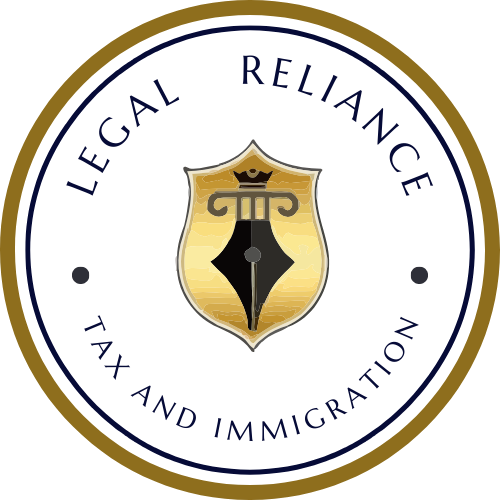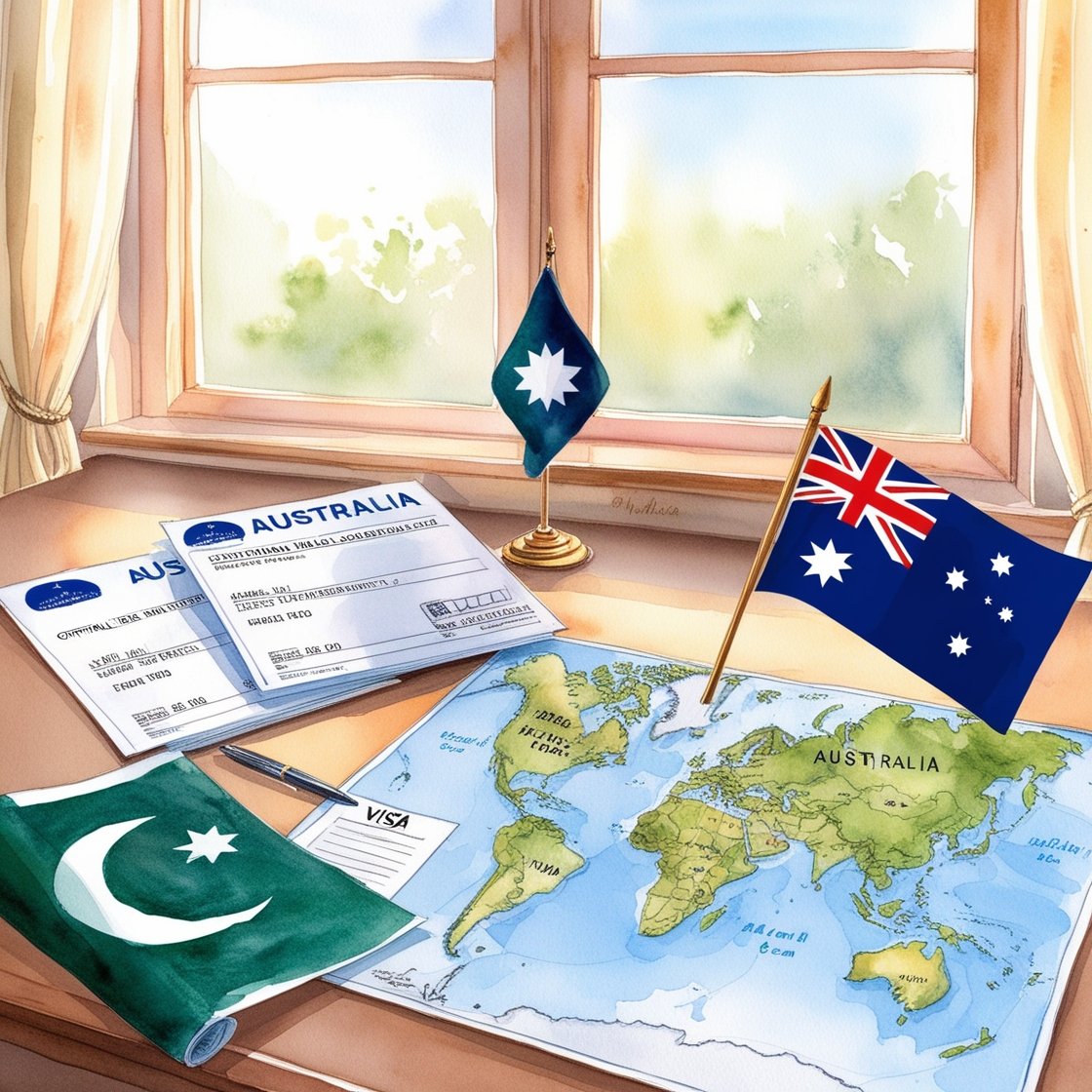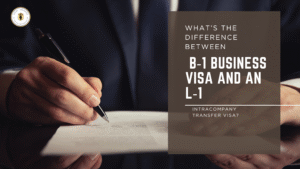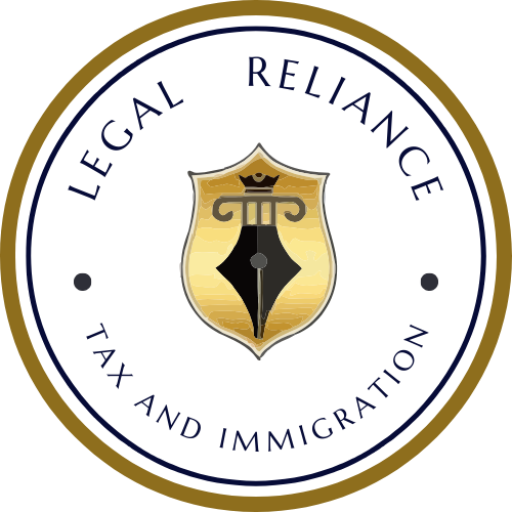Are you a Pakistani resident dreaming of bringing your family to Australia in 2025? Australia offers various family visa options that allow permanent residents and citizens to sponsor their loved ones to live with them in a safe, vibrant, and multicultural society. This guide breaks down the process of obtaining a family visa, eligibility criteria, required documents, and practical tips for a smooth application journey.
Why Choose Australia for Family Reunification?
Australia is known for its high quality of life, robust healthcare system, and excellent educational opportunities. The country’s family-friendly policies make it a top choice for Pakistani residents looking to reunite with family members. In 2025, the Australian government continues to welcome families through structured immigration pathways, offering support and resources to ensure smooth integration into society.
Types of Family Visas Available
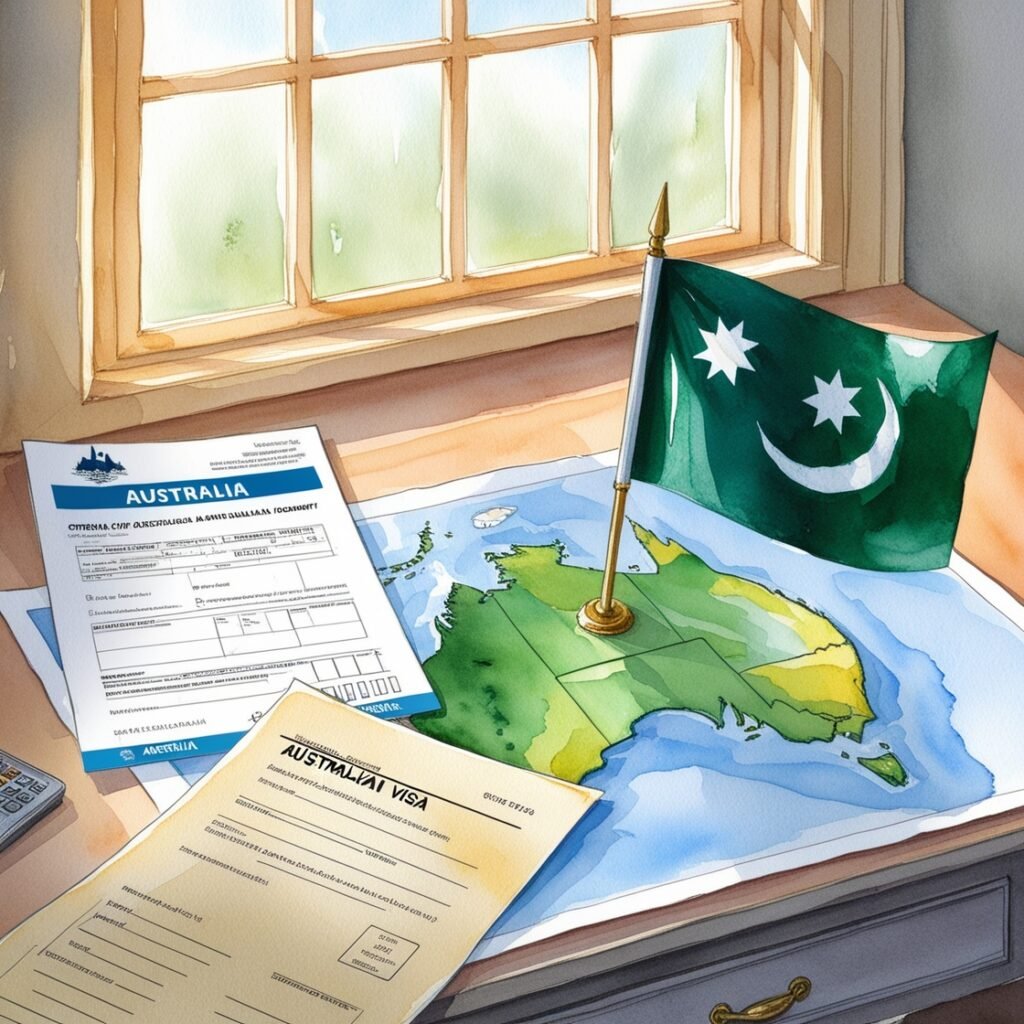
Australia provides several family visa options, each with specific criteria and advantages.
1. Partner Visa (Subclass 820/801 and Subclass 309/100)
For spouses or de facto partners of Australian citizens or permanent residents. These visas offer a two-step pathway to permanent residency.
2. Parent Visa (Subclass 103 and 143)
Ideal for parents who want to join their child, who is an Australian citizen or permanent resident.
3. Child Visa (Subclass 101 and 802)
Allows children of Australian citizens or residents to live with their parent(s) in Australia.
4. Other Family Visa Options
These include remaining relative visas, aged dependent relative visas, and more, designed to accommodate specific family circumstances.
Eligibility Requirements for Family Visa Sponsorship
General Criteria for Sponsors
To sponsor a family member, one must be an Australian citizen, permanent resident, or eligible New Zealand citizen. Sponsors must demonstrate sufficient financial capability and a stable living environment.
Applicant Criteria
Applicants should meet specific relationship, health, and character requirements, which vary based on the visa subclass they are applying for.
Step-by-Step Process to Apply for a Family Visa
Here’s a structured approach to ensure your application is completed without delays:
- Select the Right Visa Subclass: Identify the visa type most suitable for your family member.
- Check Eligibility: Verify that both sponsor and applicant meet the criteria.
- Prepare Documents: Gather all necessary documents, including identity proofs, financial statements, and character certificates.
- Complete the Application: Fill out the visa application form carefully and pay the required fee.
- Attend Interviews/Submit Biometrics: As needed, applicants may need to attend an interview or submit biometric data.
- Wait for Decision: After submission, the application will undergo assessment by the Department of Home Affairs.
Documents Required for Sponsorship
Documents play a crucial role in the application process. Here’s a list of commonly required documents:
- Proof of Relationship: Marriage certificate, birth certificates, or other evidence of relationship.
- Financial Stability: Bank statements or employment contracts showing stable income.
- Character Certificates: Police clearance certificates from all countries lived in for more than 12 months.
- Medical Examination Results: Results from an authorized medical examination center.
Medical and Character Requirements
Health Assessments
Applicants must undergo a health check to confirm they meet the Australian standards for public health. These checks ensure that incoming residents won’t pose a health risk to the community.
Character Requirements
Character assessments typically include background checks from law enforcement to ensure applicants have no criminal record or history that might pose a risk.
Visa Processing Times
The processing time for family visas varies, but applicants should generally expect the process to take several months to over a year, depending on the visa subclass and complexity of the case. Parent visas, for example, tend to have longer wait times than partner visas.
Common Challenges and How to Overcome Them
1. Delays in Processing
Delays are common in visa applications. Submit all documents correctly the first time to avoid requests for additional information.
2. Insufficient Documentation
Gathering all the required paperwork before beginning your application can reduce the risk of delays.
3. Financial Constraints
The cost of family visas can be high. Preparing financially for visa fees and associated costs is essential.
Frequently Asked Questions (FAQs)
1. How long does it take to process a family visa application?
Processing times can vary depending on the type of family visa. Partner visas may take 6–12 months, while parent visas often have longer waiting periods due to higher demand.
2. Can I work in Australia on a family visa?
Most family visas, especially partner visas, allow the visa holder to work in Australia. However, it’s best to check the specific conditions attached to each visa type.
3. Can I apply for a family visa if I am on a temporary visa in Australia?
Yes, in many cases, temporary visa holders can sponsor family members. However, eligibility may vary, so it’s important to verify requirements for your visa type.
4. Do I need to show a minimum income to sponsor my family?
Yes, demonstrating financial capability to support your family members is generally necessary for sponsorship. This includes showing stable income or sufficient savings.
5. What happens if my family visa application is denied?
If denied, you may have the option to appeal the decision or reapply after addressing the reasons for denial. Consulting with an immigration expert can also help in such cases. Contact us
